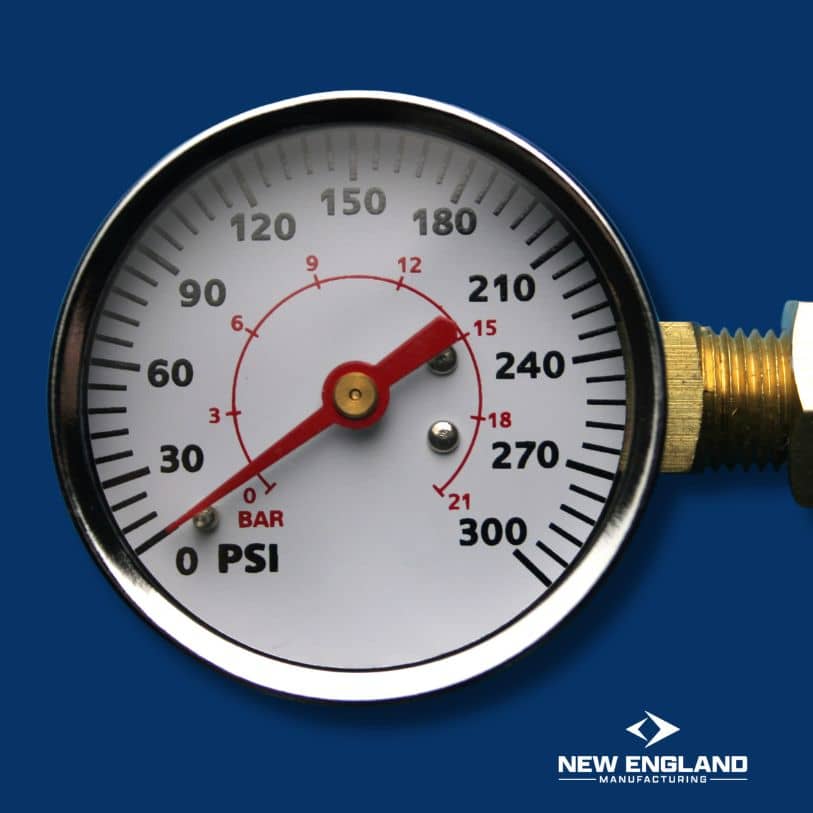Understanding Pitot Tube Pressure: The Backbone of Fluid Dynamics
In the vast realm of fluid dynamics, few instruments stand out as prominently as the Pitot tube. If you’ve ever wondered how we measure the speed of moving fluids or how aviation engineers gauge the speed of an aircraft, then you’re in for a treat. Today, we delve deep into the working principles and applications of the renowned Pitot tube. Hold tight, because this is both educational and intriguing!
Introduction to Pitot Tube Pressure
Fluid dynamics, a pivotal subject in the world of physics, owes much to the ingenious invention of Henri Pitot, the man behind the Pitot tube. Essentially, the tube is a device that measures the velocity of a fluid flow – think of it as a speedometer for liquids and gases. By tapping into the concept of “pitot tube pressure”, this device plays a pivotal role in various industries, offering accurate, real-time readings of fluid speed. The next time you’re on a plane or watching one soar in the sky, remember: the Pitot tube is hard at work, ensuring everything runs smoothly!
The Principles Behind
At its core, the pitot tube operates on a simple principle. It consists of an open-ended tube facing the flow direction and a second tube, referred to as the static or reference tube, connected perpendicularly. When fluid flows over the tubes, a difference in pressure arises. The pitot tube pressure, when compared to the static pressure, reveals the dynamic pressure, which is directly proportional to the fluid’s velocity squared. Put in simpler terms, by measuring the pressure difference, the Pitot tube gives us a reliable estimate of the fluid’s speed. No wonder it’s so widely utilized!
Applications in Modern Industries
While the principles of the Pitot tube are fascinating, its real value emerges in its applications. Today, serves as the foundation for various industrial processes. In aviation, for example, it’s vital for determining an aircraft’s airspeed. Additionally, in the realm of civil engineering, these tubes aid in measuring flow velocities in pipelines and channels. The versatility of the Pitot tube is a testament to its enduring importance and efficiency.
Factors Influencing Pitot Tube Pressure Accuracy
While the Pitot tube is a commendable tool, it’s essential to remember that like all instruments, its accuracy can be affected by certain factors. One primary concern is the positioning of the tube. If not aligned correctly with the flow direction, errors in velocity measurements can arise. Moreover, the tube’s cleanliness is paramount. Dirt or other obstructions can skew the pressure readings, leading to inaccurate results. Ensuring regular maintenance and calibration is, therefore, crucial for obtaining precise pitot tube pressure measurements.
Safety Protocols and Pitot Tube Pressure
Safety is a significant concern, especially when it comes to aviation. Here, the Pitot tube plays a significant role. Aircraft rely heavily on accurate airspeed readings to ensure safe operations. A malfunctioning Pitot tube, which may give incorrect airspeed readings, can be disastrous. Icing is a common issue; when the tube gets blocked due to ice formation, it can lead to faulty readings. To combat this, modern aircraft are equipped with Pitot tube heaters, preventing ice formation and ensuring accurate pitot tube pressure readings even in freezing conditions.
Comparing Pitot Tubes with Other Fluid Measurement Devices
While the Pitot tube stands out for its efficiency and reliability, it’s not the only tool in the fluid measurement arsenal. Instruments like anemometers, flow meters, and hot-wire anemometers also play their roles. However, what sets the Pitot tube apart is its simple design and direct relationship between the pressure differential and fluid velocity. This direct relationship makes it easier to derive accurate velocity readings. Still, each instrument has its unique strengths, and the choice often depends on the specific application and requirements at hand.
Conclusion
In wrapping up, it’s evident that the Pitot tube, an unassuming instrument, plays an outsized role in the world of fluid dynamics. From its fundamental principles to its wide-ranging applications, pitot tube pressure remains a cornerstone in many industries. Whether ensuring the safe flight of an aircraft or measuring the flow rate in a city’s water supply, the Pitot tube proves its mettle time and time again. As technology continues to evolve, it’s heartening to see such age-old tools hold their own, reminding us of the enduring power of scientific ingenuity and human innovation.

Mark R.
With a strong foundation in industrial safety and fire protection systems, Mark R. specializes in creating clear, technical, and compliance-driven content. Writing for SafeTech Reports, he covers topics such as fire hydrant testing, PPE protocols, emergency procedures, and smart technology integration in safety systems. His work ensures that professionals stay informed on the latest regulations, best practices, and emerging trends in safety and infrastructure maintenance.
Get in touch
We usually respond within 24 hours
Need Reliable Water Flow Test Equipment?
For over 70 years, New England Manufacturing has been the trusted source for fire hydrant and water flow testing kits. From pitot gauge kits to custom test kits, we provide precision, durability, and expert calibration to meet your needs.
- Custom-built test kits
- High-quality pressure gauges
- Reliable calibration services


